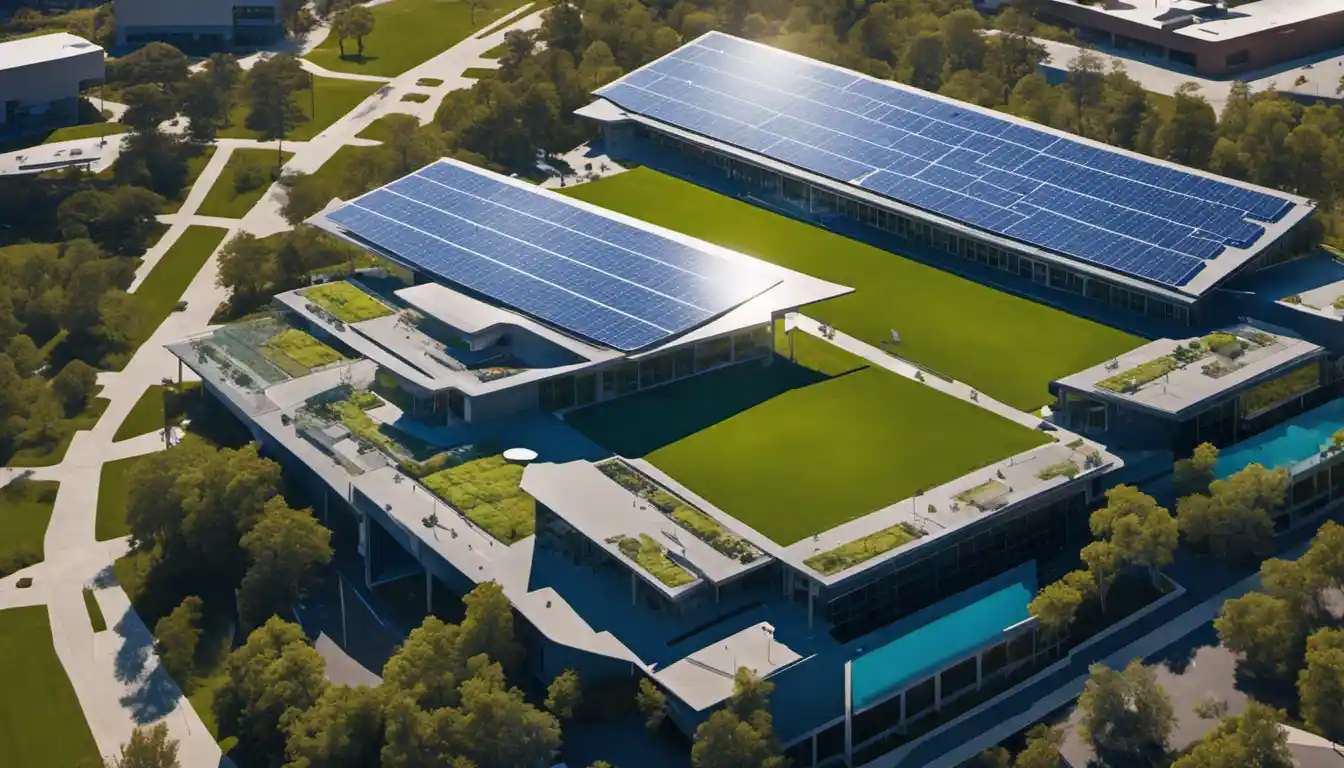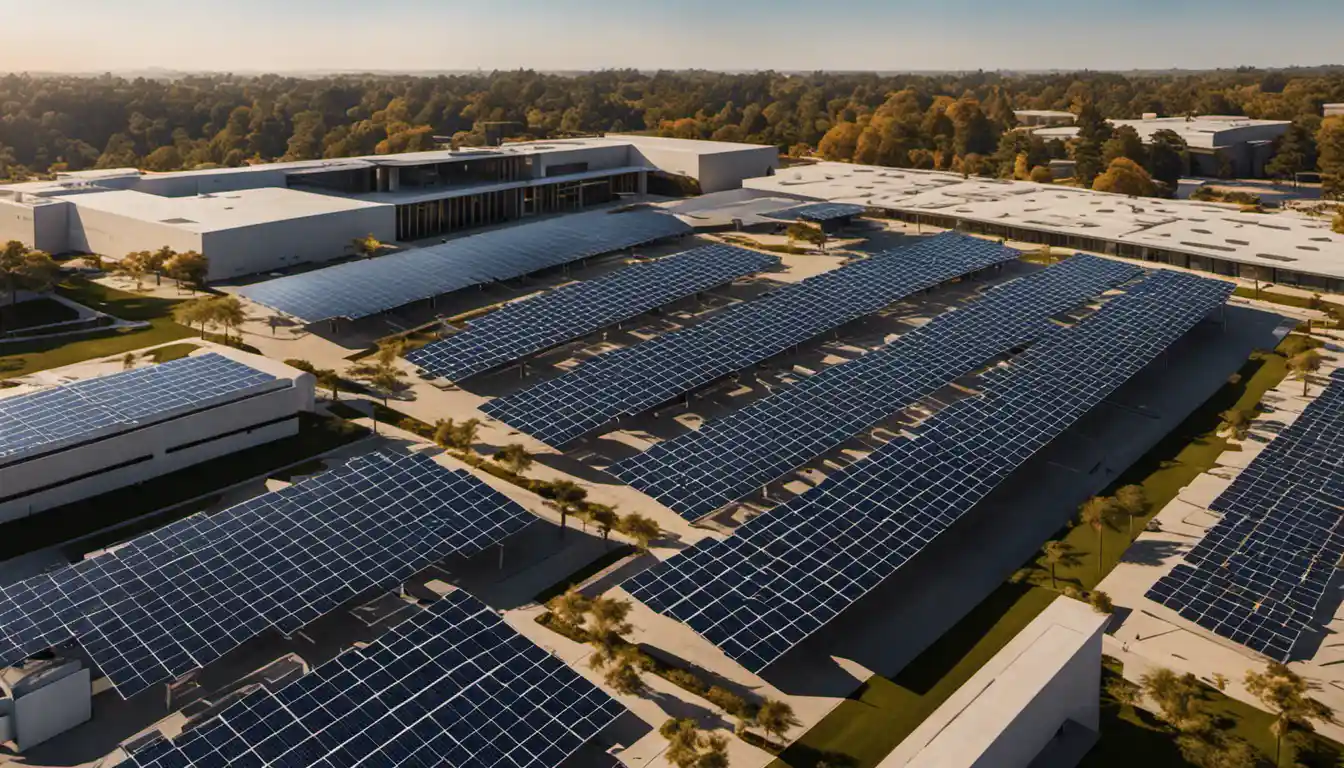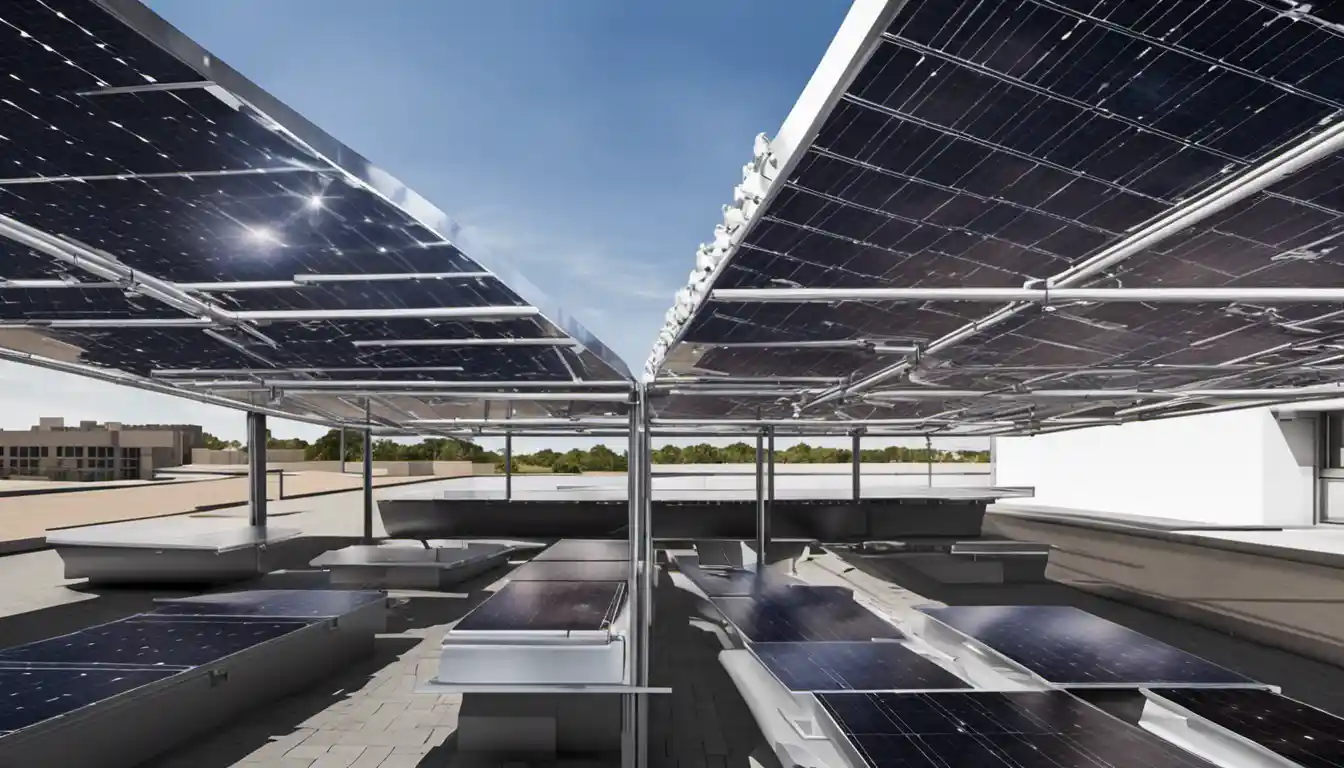Introduction to Solar for Schools
Solar panels in schools can offer significant cost savings on energy bills, freeing up funds that can be allocated towards educational resources and activities. They also serve as an educational tool in science and environmental classes to teach students about renewable energy, climate change, and sustainability.
Meaning and Basics of Solar Power
Solar power works by collecting sunlight and converting it into electricity. It does so through Photovoltaic (PV) cells on solar panels which absorb sunlight as a source of energy to generate electricity. When the sunlight shines onto a solar panel, photons from the sunlight are absorbed by the cells in the panel, which creates an electric field across the layers, causing electricity to flow. It’s an incredible resource that is both renewable and non-polluting.
Importance of Solar Power in Schools
Equipping schools with solar panels is an absolute boon. It helps schools lower operating costs, reduce their carbon footprint, and provide their students with future-minded education. Thanks to the myriad benefits of solar panels in schools, more institutions are exploring this as a viable addition to their infrastructure.
Economic Advantages of Solar Panels in Schools
Ways in which Solar Energy Saves School Districts Money
Utilizing solar power can result in considerable cost savings on electricity bills. Schools, by virtue of their operating hours and physical size, use a lot of energy. Solar power allows them to generate a significant portion of that required energy on-site, reducing the demand for utility-purchased power.
Cost Savings and Resiliency created by Solar Power
Solar energy provides an unparalleled level of resiliency. Unlike the traditional grid that can experience blackouts, solar power, when coupled with battery storage, can provide uninterrupted power even during outages, making schools emergency-ready. This resiliency strengthens the schools’ investment in solar and amplifies their cost-savings.
Community Benefits of Solar Panels in Schools

Influence of Solar Power on Local Communities
Solar panels in schools can impact the community at large positively. They can lead to clean energy job creation, influence other institutions to adopt renewables, and overall, foster an eco-conscious community.
Quality Enhancements in Community Power Supply
Schools with large roof spaces or open fields for ground-mounted systems can often generate more power than they require. This excess can be fed back into the grid, enhancing the overall power supply quality within the community. This will also reflect on the school’s image as a significant contributor to community welfare.
Educational Paybacks of Solar Panels in Schools
Enhancing Student Learning through Solar Power Projects
It’s often overlooked why solar panels are good for schools from an educational perspective. Integrating solar power systems into the curriculum can provide hands-on learning experiences. Students can understand the practical applications of theories studied in physics and environmental science, thereby making learning more impactful.
Overlooked Benefits of Solar Panels for Students
Besides academic learning, it also prepares students for future careers in the rapidly growing renewable energy sector. They learn about energy conservation and waste reduction, building a stronger foundation for their role as future stewards of the planet.
Financing Solar Panels in Schools
Various Methods for Schools to Finance Solar Power

Fortunately, the cost of solar energy has significantly decreased over the years, making it a financially viable choice. Schools can explore various financing options, including power purchase agreements, leases, bonds, and grants.
Economic Logic behind Solar Financing in Schools
The financial argument for solar panels in schools is increasingly compelling, regardless of the upfront investment. The reason being, with the constant rise in utility rates, schools are likely to spend millions on utility expenses over time. Investing in solar power merely shifts this expenditure from an operating expense (variable and increasing) to a capital expense (fixed and decreasing over time).
Steps to Introduce Solar Power in Schools
Suggestions and Procedures to Bring Solar to School Premises
The process to introduce solar power in schools requires careful planning. Key considerations involve electric load analysis, system size determination, site assessment, financial modeling, and regulatory compliance checks.
The Role of Solar Energy Companies in Schools
How Solar Companies like SitelogIQ Can Aid in Utilizing Solar Energy Benefits
Partnering with solar energy solutions providers can provide schools with the expert guidance they need. Companies like SitelogIQ offer an end-to-end service, from initial site analysis to installation and maintenance after the system is up and running.
Understanding the Role of Solar Energy Solutions Providers in Schools

Professional solar companies also aid in securing financing, ensuring compliance, and optimizing the solar system’s performance. Similar solutions are also available for commercial buildings, proving the scalable potential of solar energy adoption.
Cases of Successful Solar Power Utility in Schools
Examination of Solar Panels Deployment on U.S. Campuses: A Stanford Research
Stanford research revealed that K-12 and university campuses have the potential to install 3 gigawatts of solar power. By doing so, they could offset their energy consumption by 75% and save billions in electricity costs, demonstrating real-life benefits of solar panels in schools.
Outlining Big Savings from Solar Power in Schools
In Nevada, the Clark County School District saved around $250,000 in a year after implementing solar power, proving it’s a worthwhile investment for schools.
Conclusion: Embracing Solar Power in Schools
Recap of the Benefits of Solar Power in Schools
From improving education, saving money, influencing community, to enhancing resiliency, the advantages of equipping schools with solar power are clear.
Future Prospects of Solar Energy in Schools
The increasing affordability and falling costs of installation signify a brighter future for solar energy in schools. As we continue to move toward more sustainable energy options, it’s time for schools to embrace and harness the benefits of solar power. This is our chance to create a future where clean energy isn’t just an option, but the norm.



